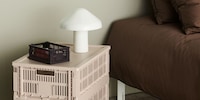
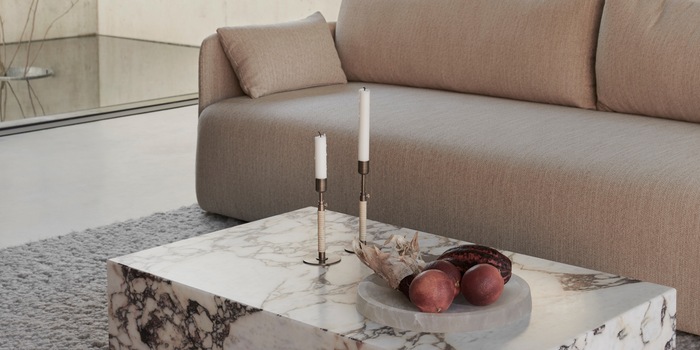
How to handle a neutral colour palette
Whenever friends ask me about furnishing, I often recommend they use neutral colours. They're timeless, make your rooms look consistent and make choosing new furniture significantly easier.
White isn't always just white. There are tonnes of slight variations, from Alpina to egg shell white. However, there are only slight nuances in these variations. Even furniture in most shades of white will still look good together. Which makes it easier for me to choose the right item.
Leaving the safe haven of white colours quickly makes deciding trickier. I wonder if a peach-coloured armchair will really fit into my living room, which strays more into the blue colour range. Or is it better if I stick to cooler greyer options in order to keep a consistent tone? Weeks pass before I've answered all my questions.
No matter if it's your wall colour, furniture or accessories – with an infinite variety of options, it's best to stick to the colour plan you'd originally set out with. If you like challenging yourself, choose a model in a powerful but pale tint. But if you'd rather not have to worry about anything in the future, then stay exclusively with neutral colours.
What does neutral mean?
A neutral palette does not mean that everything you own will be white or grey. These singular tones are only part of a much larger family. Both are very closely related when it comes to saturation. For example, beige and sand yellow work together so well because beige looks like you added water to a mix of white, yellow and grey.
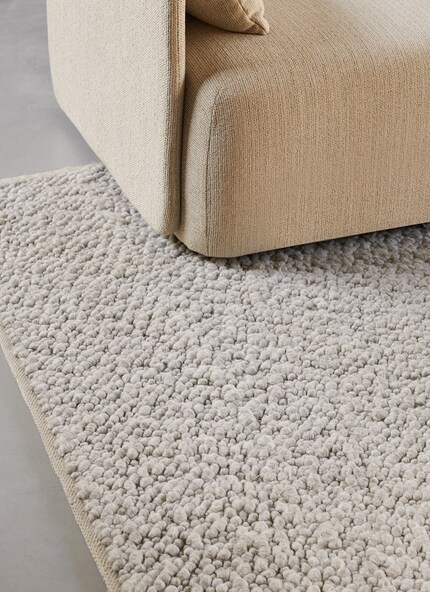
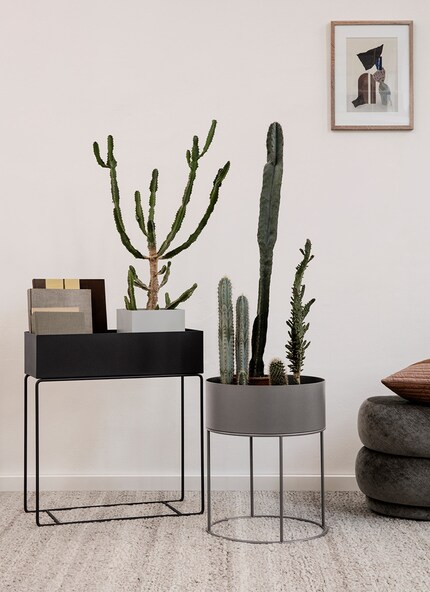
Advantages
Consistent unsaturated colours make a room seem inviting. No single object seems off or different, imbuing a relaxing atmosphere. The tone in tone effect reduces a feeling of chaos and unites different styles.
The right combination of pastel colours can even make rooms look larger. There's a low chance of you regretting pastel walls after a few years as well. A blood-red wall on the other hand will probably have a slightly different effect after a while. Sometimes, colours don't matter: don't skip vintage items just because they don't fit into your concept. On the contrary: a quiet background only makes them stand out more.
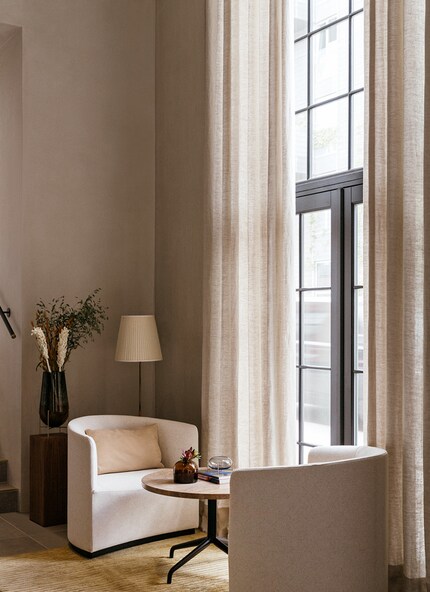
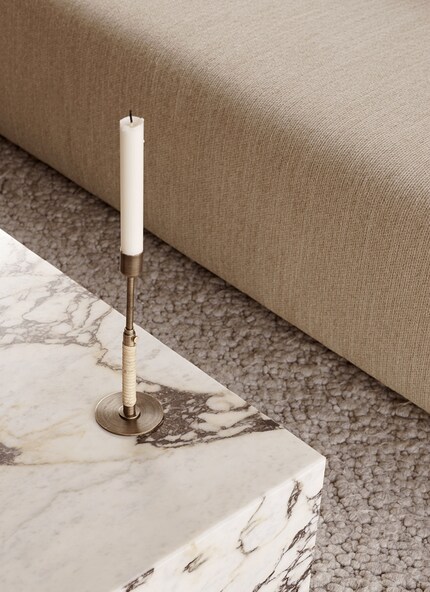
How to continue
At the start, choose a colour and contrast it with a lighter and a darker tone on the same colour scale. Check if these backgrounds are on the warmer red or the colder blue side of the spectrum. Choose one of these two routes and stay on it.
Colour samples or fans work best when contrasting shades. You can even request testing pots from manufacturers. Some brands even make colours with various levels of pale or saturated options. Pick your favourites and always bring samples with you when visiting furniture stores. Alternatively, hold them next to your screen when shopping online. When doing this, pay attention to the exact specifications and reflect them with the right settings for your display. Here are a few examples of good pairings:
Trios that work
Find more tips and tricks around furnishing on my author profile, which you can gladly follow.
Like a cheerleader, I love celebrating good design and bringing you closer to everything furniture- and interior design- related. I regularly curate simple yet sophisticated interior ideas, report on trends and interview creative minds about their work.
Practical solutions for everyday problems with technology, household hacks and much more.
Show all








